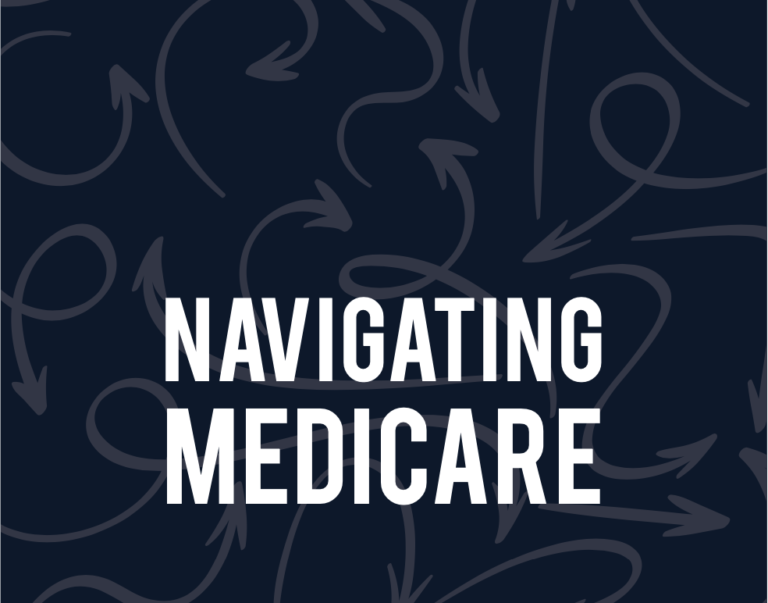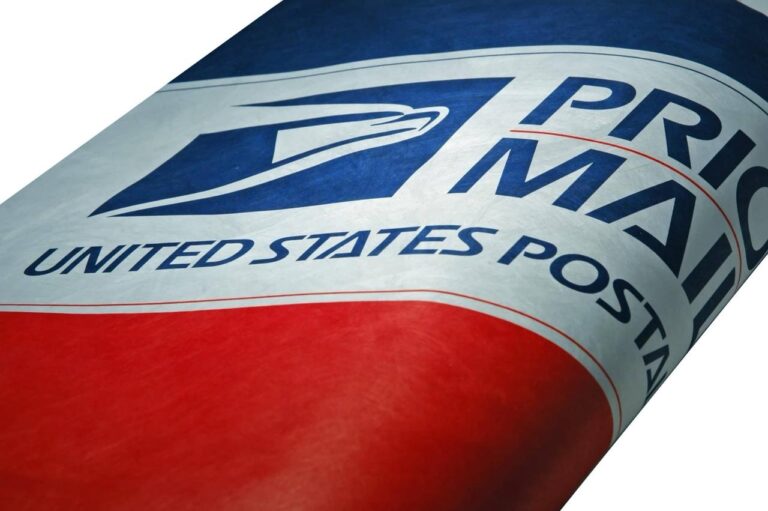What Is the Postal Service Retiree Health Benefits Fund and How Does It Work?
The Postal Service Retiree Health Benefits Fund (PSRHBF) is a key component of the financial structure of the United States Postal Service (USPS). Established to help secure the future health care benefits of postal retirees, the fund has been a source of both stability and controversy. If you’re wondering what the PSRHBF is, how it works, and why it’s significant to postal employees and taxpayers alike, this comprehensive guide will answer all your questions.
Table of Contents
- What Is the PSRHBF?
- History of the Postal Service Retiree Health Benefits Fund
- How the Fund Works
- Why the PSRHBF Was Created
- The Financial Burden and Controversy
- Legislative Reforms and the 2022 Postal Service Reform Act
- Current Status and Future Outlook
- How the PSRHBF Affects Retirees
- FAQs
- Conclusion
1. What Is the PSRHBF?
The Postal Service Retiree Health Benefits Fund (PSRHBF) is a dedicated federal fund managed by the U.S. Office of Personnel Management (OPM). It was created to pre-fund retiree health benefits for postal workers. Instead of paying for retiree benefits as they are incurred, the USPS was required to set aside money years in advance.
This model is similar to how private companies might fund pension plans, but it is unusual in its scale and strictness, especially for a federal entity.
2. History of the Postal Service Retiree Health Benefits Fund
The PSRHBF was established in 2006 under the Postal Accountability and Enhancement Act (PAEA). Prior to that, USPS paid for retiree health benefits on a pay-as-you-go basis, which meant the costs were paid as they occurred, not in advance.
The PAEA was passed with bipartisan support, and one of its main provisions was to ensure USPS would be financially sound in the long term. Lawmakers mandated USPS to pre-fund retiree health benefits by contributing approximately $5.4 billion to $5.8 billion annually for ten years, starting in 2007.
While the intention was financial stability, the burden proved immense.
3. How the Fund Works
a. Managed by OPM
The PSRHBF is held and invested by the Office of Personnel Management (OPM), not by USPS itself.
b. Source of Funds
The USPS was required to make large annual payments to the fund from its revenue. These were not taxpayer dollars, but rather funds from postal service operations.
c. Investment and Use
The money in the PSRHBF is invested in Treasury securities. It is then used to pay the retiree health care premiums of USPS retirees. However, from 2011 onward, USPS began defaulting on these payments due to financial constraints.
4. Why the PSRHBF Was Created
The main reasons for creating the PSRHBF were:
- Ensure long-term sustainability of retiree health benefits
- Align the USPS with private-sector practices
- Improve transparency and accountability in benefit funding
- Reduce taxpayer liability for future retiree benefits
At the time, it was one of the largest pre-funding mandates ever imposed on a federal agency.
5. The Financial Burden and Controversy
The PSRHBF quickly became a controversial topic. Here’s why:
a. Unprecedented Pre-Funding Mandate
No other federal agency or private company was required to pre-fund health care benefits to the same extent.
b. Financial Strain
The USPS, facing declining mail volumes and increased competition, struggled to make these multi-billion-dollar payments while also maintaining operations.
c. Defaulting on Payments
Starting in 2012, USPS began defaulting on its required payments. By 2021, the Postal Service had missed over $50 billion in payments, causing major financial losses on its balance sheet.
d. Critics Say It Was Unnecessary
Many experts, including former postmasters and legislators, argued that the pre-funding requirement was unnecessary and only served to distort the USPS’s financial health.
6. Legislative Reforms and the 2022 Postal Service Reform Act
To address the growing concern, Congress passed the Postal Service Reform Act of 2022. Here’s what it did:
a. Eliminated Pre-Funding Requirement
The law ended the mandate for USPS to pre-fund retiree health benefits, a major shift in policy.
b. Integrated Medicare Enrollment
The Act requires future postal retirees to enroll in Medicare Part B once they turn 65. This shifts much of the cost to Medicare, thereby reducing pressure on USPS and the PSRHBF.
c. Impact on USPS Finances
By eliminating the pre-funding requirement and restructuring retiree health obligations, USPS was able to write off tens of billions in liabilities. This significantly improved its balance sheet and gave it more breathing room.
7. Current Status and Future Outlook
As of 2025, the PSRHBF remains in place but without the same funding burdens. Its role is now:
- To help cover ongoing retiree health benefits
- To work alongside Medicare, which is now the primary provider for postal retirees aged 65+
- To act as a financial reserve, not an annual funding obligation
This new framework gives USPS a more sustainable and manageable path forward.
8. How the PSRHBF Affects Retirees
a. For Current Retirees
There is no impact on the current health benefits of retirees. They continue to receive coverage through the Federal Employees Health Benefits (FEHB) program.
b. For Future Retirees
Beginning in 2025, new retirees will be required to enroll in Medicare Part B. Their USPS-sponsored FEHB plans will work as secondary coverage, which can actually reduce out-of-pocket costs.
c. Premium Stability
With Medicare integration and the removal of pre-funding, USPS expects better premium stability in the long term for its retiree plans.
9. Frequently Asked Questions (FAQs)
Q1: Is the PSRHBF taxpayer-funded?
No. The PSRHBF is funded through USPS revenue, not taxpayer money.
Q2: Does the PSRHBF still exist after the 2022 reform?
Yes, it still exists but without the mandatory pre-funding requirement.
Q3: Will retirees lose their benefits because of the reforms?
No. Benefits are protected, and future retirees may actually benefit from the Medicare integration.
Q4: Why was USPS treated differently from other federal agencies?
The 2006 law aimed to impose private-sector best practices on USPS. However, many now consider it an overreach that hurt USPS finances.
Q5: How much money is currently in the fund?
As of the last available report (2022), the PSRHBF held about $30 billion in assets, although this figure fluctuates with payments and investment returns.
10. Conclusion
The Postal Service Retiree Health Benefits Fund was created with good intentions: to secure the health care of millions of postal retirees. However, the rigid pre-funding mandate placed a huge financial strain on the USPS and created an ongoing controversy for more than a decade.
With the 2022 Postal Service Reform Act, lawmakers finally addressed the issue, eliminating the most burdensome elements and aligning retiree health coverage with broader federal programs like Medicare. Today, the PSRHBF remains a useful tool—but one that is more balanced, less burdensome, and hopefully better suited to the needs of the modern USPS.
Understanding the PSRHBF is essential not only for postal workers and retirees but also for policymakers and the general public. As the USPS continues to evolve, so too will the role of retiree benefits and the systems that support them.
Read More Blog
Follow Us On:- Facebook








